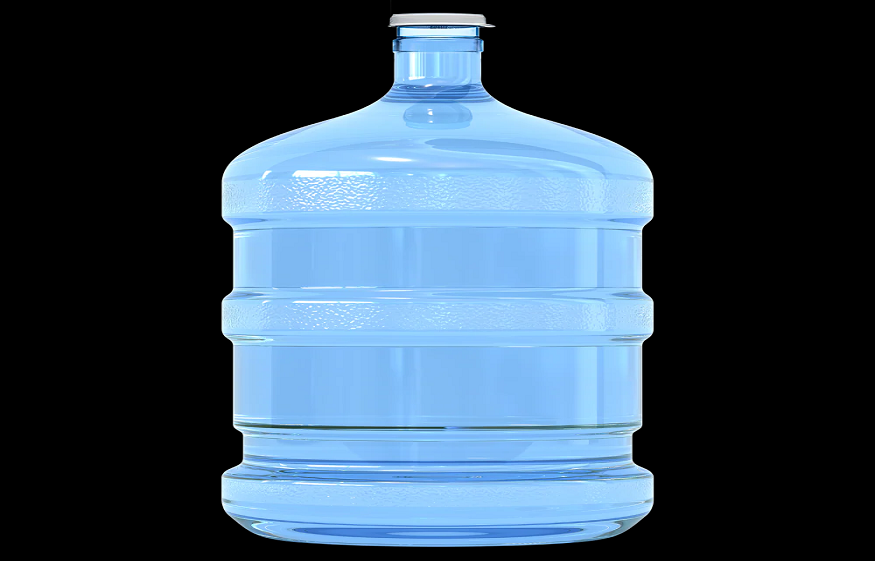Why Water Quality is the Ultimate Measure of Our Well-being
Your bottled water cooler might be the best buy you can make for your family or office given all the hydrating and nutritional benefits of utilizing pure filtered water daily. Many, nevertheless, sometimes question whether the water supply is worth it. The truth is that it is a great option and has several advantages.
While the water company in Las Vegas strives to deliver potable water, ultimately, the comprehensive quality of water resources, from the source to the tap, serves as the ultimate measure of our well-being, reflecting the health of our environment and our commitment to public health.
Clean, revitalizing water is essential for your general well-being whether at home to maintain hydration or at work to boost your energy levels.
1.Water Quality’s Part in Optimum Hydration
The water quality is the quality of the water source in your particular geographic area. This usually includes its origin, cleanliness, flavor, and ingestion safety. Although often ignored, the quality of drinking water can significantly affect your regular hydration practices by affecting the taste and consistency of tap water. Water quality might range from one zip code to another due to varying water treatment procedures, environmental considerations, and more.
Therefore, knowing what affects your water quality and implementing appropriate remedies to enhance it helps ensure a constant flow of pleasant drinking water suited to your requirements.Health problems are linked to low local water quality.
Contaminants—including bacteria, chemicals, and heavy metals—can ruin the flavor of water and endanger human health, hence possibly creating waterborne diseases and chronic health problems. Conversely, total dissolved solids (TDS) are made up of dissolved minerals, salts, and metals—all of which affect water hardness and taste. Although certain minerals are necessary for health, high TDS levels can be harmful to health by causing diabetes or kidney stones.
2. Methods of Treating Water
By eliminating impurities and lowering TDS, water treatment methods in your region satisfy water quality criteria. Over time, efficient therapy protects your health by removing hazardous germs, viruses, and toxins. But in places with insufficient or obsolete treatment systems, you run the risk of coming into contact with bad water quality, which could endanger your well-being.
3. Levels of pH
Water quality standards also include pH values, which show how acidic or alkaline water is. Too acidic or alkaline water could cause pipe corrosion or scaling. This might let dangerous elements like lead into the water source, hence creating long-term health problems.
4. Piping and Distribution Networks
Old or corroded pipes can leach hazardous elements like lead and copper into drinking water, hence impairing taste and cleanliness. Reducing your exposure to possibly dangerous chemicals depends on frequent maintenance and system upgrades.
5. Environmental and Climatic Elements
Environmental elements such as flooding and severe rain could pollute surface water supplies. This raises the possibility of toxins and microbiological infections getting into the water source. Droughts in your area can also drop water levels, therefore concentrating pollutants and lowering the water supply. Safeguarding public health and guaranteeing access to safe drinking water depend on knowledge and proactive mitigation of environmental effects.
Key Take-Away
Considering how the elements described could influence water quality in your location will help you to reach the best health and discover the correct drinking water solution. A home water testing kit lets you check quality if you want to know.



